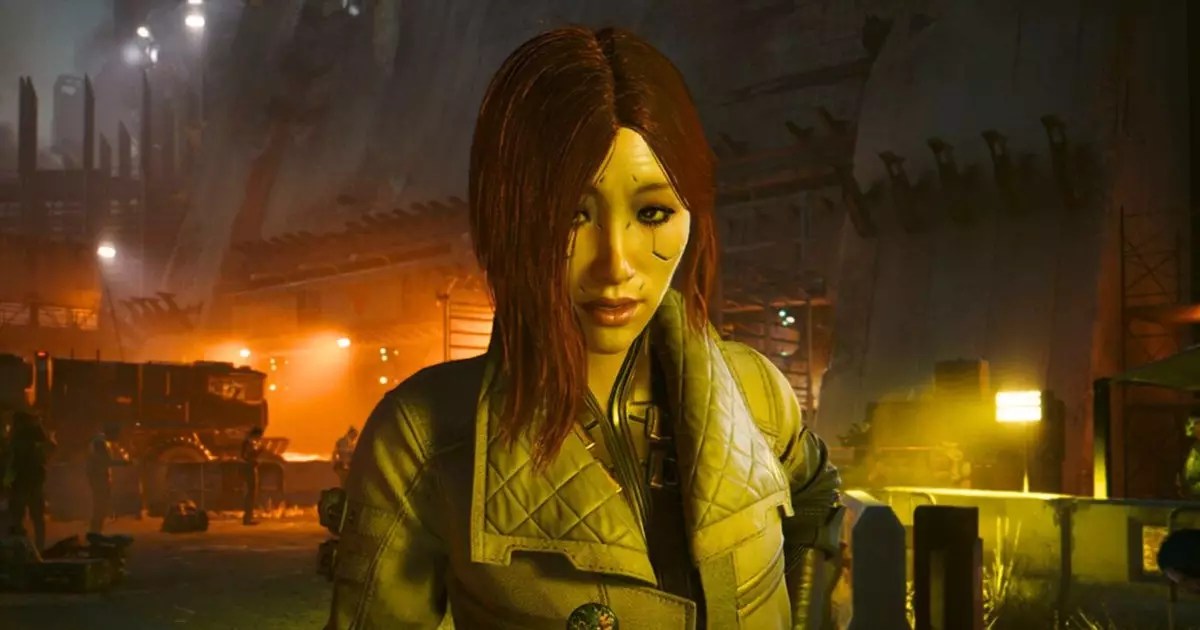The anticipation surrounding the sequel to CD Projekt Red’s Cyberpunk 2077 is palpable, yet shrouded in mystery. The gaming community brims with curiosity about how the narrative will unfold and what intriguing mechanics might emerge. With the developers fervently working on The Witcher 4, tangible information about the Cyberpunk sequel appears sparse. However, the involvement of Anna Megill, the lead writer known for her contributions to Control and Fable, heralds a promising direction for the storyline. Her expertise may very well breathe new life into the cybernetic narrative that captivated millions, despite the narrative flaws present in the original.
Mike Pondsmith, the creative mind behind the Cyberpunk universe, has shared some tantalizing insights, albeit with caution about revealing too much. His involvement is now more peripheral, yet his observations on the new environments and storytelling approach raise hopes for a significant advancement over its predecessor. The thrilling prospect of exploring a new city alongside Night City invites speculation about the depth and complexity that such a setting could offer. Is the world ready for an expansion that transcends its roots?
The Landscape of Innovation
Pondsmith’s comments about the game’s setting indicate an evolutionary leap in game design. He noted a new urban environment that contrasts with Night City, which he likens to a “Chicago gone wrong.” This evocative description hints at a gritty realism that aligns with the franchise’s ethos, contrasting with the neon-drenched visuals typically associated with cyberpunk genres. The decision to include a new city suggests that CD Projekt Red is keen on diversifying the gaming experience, offering a broader narrative scope and new gameplay opportunities. Such creative choices could foster player engagement as they navigate both familiar and uncharted territory.
The idea of re-exploring Night City raises pertinent questions about nostalgia, gameplay mechanics, and visual storytelling. Many game franchises have faced scrutiny over reusing landscapes, yet clever adaptations can augment player experiences. By revamping Night City and breathing new life into its urban sprawl, developers might harness the sentiments of returning players while welcoming newcomers intrigued by the expanded universe. The balance between familiarity and innovation may well define the sequel’s success.
The Narrative Potential
As the narrative framework unfolds, discussions around the themes that will be tackled in the sequel dominate the excitement. Pondsmith’s acknowledgement of the importance of big topics resonates deeply, considering the societal implications of technological advancements. The original Cyberpunk 2077 had its moments of brilliance amidst narrative disruptions, and leveraging those lessons learned could strengthen storytelling in the sequel.
Moreover, the anticipated reliance on immersive, morally complex narrative arcs offers unique opportunities for character development and player agency. If the sequel harnesses the power of impactful storytelling, we might witness a game that not only excels as entertainment but also serves as a mirror reflecting the contemporary human condition and its entanglements with technology and identity. It’s crucial for the new installment to push boundaries, addressing evolving themes around privacy, sociopolitical structures, and the intricacies of human connection in an increasingly digital world.
The Road Ahead: Anticipation and Realism
Despite the enthusiasm, it’s vital to temper expectations. Cyberpunk 2077 faced its share of challenges upon release, primarily due to unmet player expectations and technical shortcomings. The legacy of these hurdles may linger in the minds of the fan base and influence the reception of the sequel. CD Projekt Red must tread carefully, integrating lessons learned from past missteps while delivering a product that honors the rich tapestry of the Cyberpunk ethos.
Adopting a realistic outlook on the timeline for this sequel is crucial for both developers and players. Given the ambitious scope of their projects and the high standards set by players, a realistic estimate suggests that the sequel may not hit shelves for several years. This prolonged wait may be frustrating, but it also gives CD Projekt Red the essential space to refine their vision, innovate their design, and hopefully create an unforgettable gaming experience that honors both the legacies of Cyberpunk and the expectations of its ardent community.
The collaborations and creative endeavors being undertaken today might just pave the way for an engaging union of vision and execution, transforming the Cyberpunk franchise into a powerhouse of narrative and gameplay excellence. As the gaming industry evolves, following this saga will be an influential journey worth tracking.


Leave a Reply